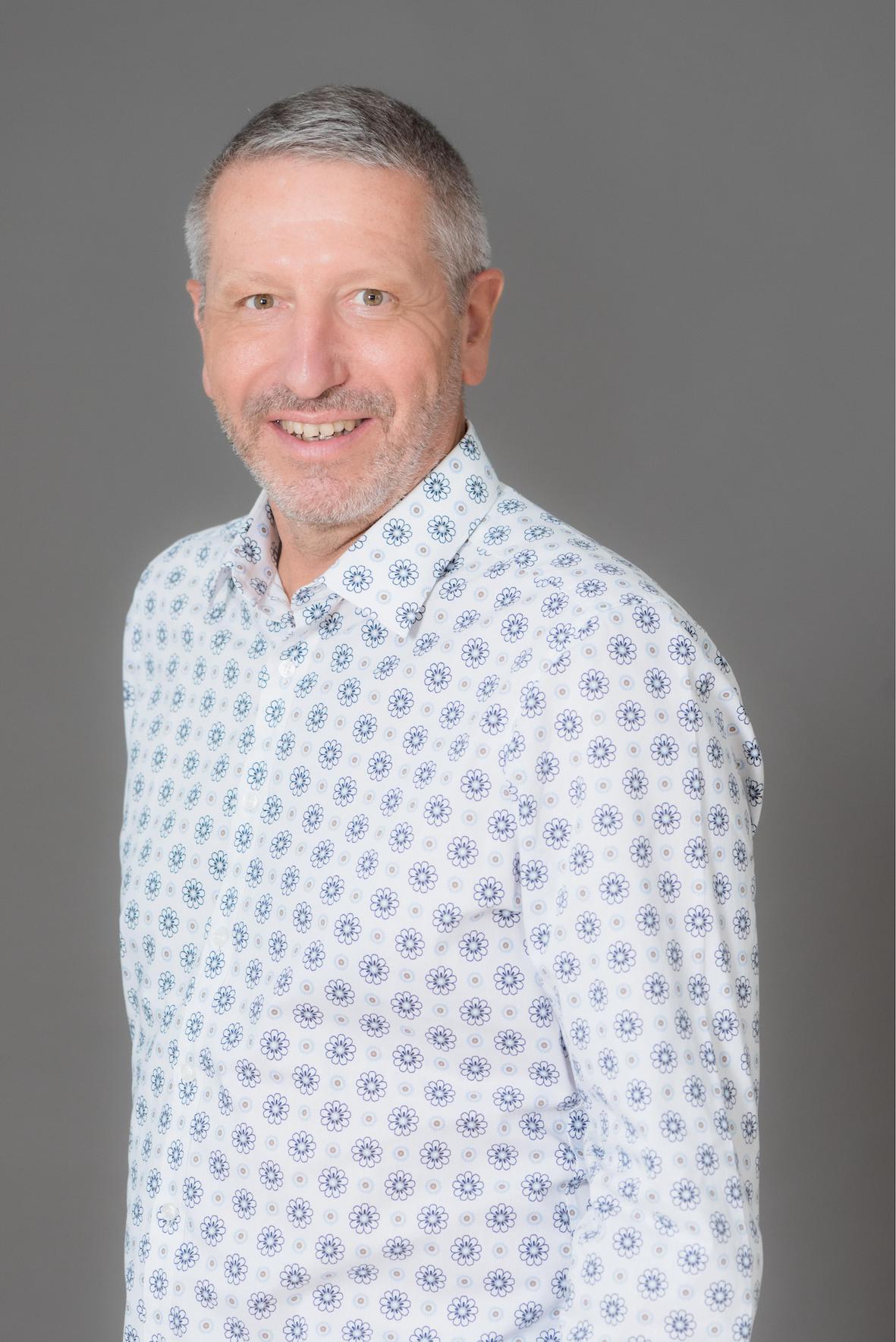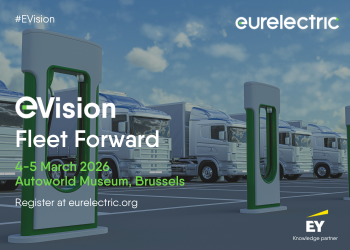Post - Blog
Grid inadequacy makes renewable growth futile
- 2 years ago (2023-09-08)
- Junior Isles

By Frédéric Godemel , EVP Power Systems and Services at Schneider Electric

Eurelectric EVision
Earlier this year, Ember’s Global Electricity Review revealed that renewable energy sources are set to meet all growth in electricity demand this year. To all appearances, this is exciting news. It appears we’re ever closer to leaving harmful fossil fuels behind, and finally relying on clean, decarbonised electricity to power our energy needs.
But once you delve a little deeper, the truth isn’t so simple. Renewable energy sources are indeed generating more green energy than ever
–
—
but a shocking amount of those electrons are going to waste.
The extent of grid inadequacy
Here’s the problem: as renewable penetration increases, more and more green energy electrons aren’t making it to the grid. Why? Bureaucratic planning permissions, insufficient connections, inflexibility, and poor market design mean the distribution of electricity is currently unsuited for real climate impact. So, when clean sources produce more electric energy than a grid can take, a large proportion of this renewable energy is curtailed. Humanity has worked incredibly hard to sufficiently innovate renewable energy production. But, so far, much of this work is reaping no rewards at all.
A stark example is California. As one of the sunniest US states, California’s resources can sometimes generate more renewable energy than is needed; in April 2023, California curtailed over 700 000 MWh of oversupplied wind and solar power. This energy could be put to good use – but poor grid efficiency is holding this back. The current grid’s constraints account for 70 per cent of the current curtailment.
It's no wonder that one of the top 10 actions from the IEA Energy Efficiency Conference held in June 2023 is to reinforce the grid. This will contribute to progress towards climate targets moving at 10 times its current speed: these are the Versailles 10x10 actions .
At present, it can take years for sites to secure transmission lines that allow them access to renewable electricity, the IEA states.
The International Energy Agency (IEA)
It
has
also
estimated that globally, smart grids could integrate 30 per cent more in renewable power generation. To maximise green energy, rather than waste it, decision-makers must implement Grids of the Future as quickly as possible, to boost grid efficiency and accelerate the deployment of electrons from electricity generation sites. Only then can we meet pressing climate targets before it’s too late.
Why energy waste must be fixed
High levels of energy waste means that some organisations and investors in the energy market are losing faith in renewable energy. This is reflected in current spending. Investments in renewables are slowing; new wind turbine orders in Europe reduced by 47 per cent in 2022 compared to the previous year. Plus, research from BloombergNEF has found that while global new investment in renewable energy reached $226 billion in the first half of 2022, investment “dropped 12 per cent relative to a very strong second half of 2021”.
Ember’s Global Electricity Review found that, in 2022, renewable energy sources and nuclear together generated 39 per cent of global electricity. Yet the IEA’s Net-Zero Scenario requires that by 2050, almost 90 per cent of the world’s electricity must be generated by these same green energy sources. Investment urgently needs to increase, rather than slow. Otherwise, we risk missing net-zero targets entirely.
What’s hindering progress?
The switch to clean energy can only happen if grids are upgraded to connect to more renewable projects, and store excess energy for later use, rather than curtail it. But bureaucratic processes are even causing major delays to the key renewable energy projects that are already in progress.
Today, around 80 GW of wind power capacity is stuck in permitting procedures across Europe alone. Planning and approval for an onshore wind farm in Germany can take as long as seven years, while offshore wind developments in the UK can last as long as 13 years before regulators allow developers to plug their project into the grid. These issues exacerbate development costs and lead to high project cancellation rates, further scuppering renewables investment and the shift away from fossil fuels.
Moreover, granting permission for one grid connection can create a bottleneck for the wider expansion of renewables, as it limits the amount of energy that can be transmitted from renewable energy sources to the grid. Renewable energy sources such as solar and wind power are often located in remote areas or far away from population centers, which means they need to be connected to the grid through transmission lines. However, the process of obtaining permits for new transmission lines and then building them to enable greater grid efficiency can be equally lengthy, costly, and difficult.
Building future-proofed smart grids
To accommodate the rise in renewable energy in time for the IEA’s scenario, decision-makers in government and the electricity market must prioritise the creation of Grids of the Future.
First, smart grids must integrate a high dose of renewables to produce decarbonised electricity. This will come from a mix of centralised and decentralised power generation, calling on the demand-side. As solar and wind power are so variable, it must next harness digital capabilities to balance demand and supply. The IEA’s 10x10 actions state that the grid needs digiti s ation to be capable of adjusting to the increasing level of renewable sources of energy and to accommodate the shift in electrical demand. Then, deployment of storage capacities will help to transform energy flexibility, and minimise curtailment and waste. But to create these smart grids, enable faster network improvements to integrate new projects, and accelerate renewable power generation, countries worldwide must follow a handful of policies.
First, we
We
need more infrastructure that can support the transmission and distribution of electricity from renewable sources. This can require significant investment to build and maintain and may require support from electric utilities and governments to support its growth. In fact, the IEA has stated it could take a 50 per cent rise in global grid spending by 2030 to meet long-term sustainability goals.
Amid inflation and increasing pressures on
supply chains to keep costs down,
This
committing to an i
nvest
ment
in rene
wables
is a significant choice for any organization.
However, this
investment will become far more appealing if permitting regulations are simplified and licensing times are shortened. According to the IEA, streamlined permissions could be achieved in much of Europe if “the temporary emergency regulations to address permitting bottlenecks proposed by the European Commission were formally passed and implemented at the country level.” Fortunately, in December 2022 under the REPowerEU plan, the Council of the European Union agreed on shortened and simplified permitting processes in areas with lower environmental risks, enabling speedier deployment of smart grids and thus renewable energy. Other areas of the world now need to follow suit.
Meanwhile, countries also need to grant greater land availability for new projects to help shrink bottlenecks and boost development. For example, various constraints mean only 9 per cent of Germany’s land is available for onshore wind development. Again, policymakers may need to become more lenient with their restrictions, and even look at repurposing existing types of land. A US study found that if just 1 per cent of agricultural land was converted to include solar, it would completely offset global energy demand.
Building Grids of the Future, today
After relying on fossil fuels for so long, our collective move towards renewable energy has been one of the great worldwide success stories of the 21st century so far. But we need to remember that our work is only beginning. Our infrastructure must be able to cope with this transformation to ensure our hard work to protect our future pays off.
A combination of the above solutions will help to ensure our grids can keep pace with the required growth of renewable energy. But these solutions must be urgently acted upon. With just seven years to go until the Paris Agreement’s 2030 target for halved global greenhouse gas emissions, the building of Grids of the Future can no longer wait until tomorrow – it must be empowered today.
